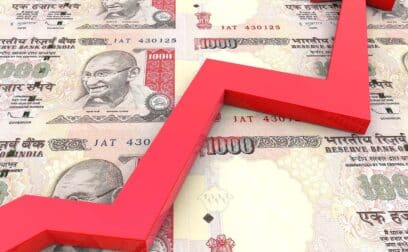Definition
Money flow in business generally refers to the movement or circulation of funds within a company.
What is money flow?
Money flow involves the inflow and outflow of money and is a critical aspect of financial management. Understanding and effectively managing money flow is essential for businesses to maintain liquidity, meet financial obligations, invest in growth opportunities, and sustain day-to-day operations.
Inflows of money into a business can come from various sources, including:
- Sales revenue: Money generated from the sale of goods or services.
- Investments: Capital injections from investors or shareholders.
- Loans: Borrowed funds from financial institutions.
- Grants and subsidies: Financial support from government programs or other organisations.
- Interest and dividends: Income earned from investments or financial instruments.
Outflows represent the expenditures and payments made by a business, including:
- Operating expenses: Day-to-day costs of running the business, such as rent, utilities, and salaries.
- Capital expenditures: Investments in long-term assets, like equipment or facilities.
- Loan repayments: Payments towards principal and interest on loans.
- Taxes: Payment of taxes owed to government authorities.
- Dividends: Distributions of profits to shareholders.
Effective money flow management involves optimising working capital, which is the difference between a company’s current assets and current liabilities. Maintaining an appropriate level of working capital ensures the business has enough liquidity to meet short-term obligations.
Businesses often create cash flow forecasts to project future money flows based on expected revenues and expenses. This proactive approach helps in anticipating and addressing potential cash flow challenges.
Money flow considerations play a key role in strategic decision-making, including investments in business expansion, research and development, and other growth initiatives. Assessing the potential return on investment is vital to ensuring financial sustainability.
Example of money flow
Company XYZ, a manufacturing company, receives £100,000 in revenue from selling its products to customers. Out of this revenue, the company deducts £50,000 for operating expenses, including raw materials, labor costs, and overhead expenses. Additionally, the company pays £20,000 in taxes and £10,000 in interest on loans.
After deducting expenses, taxes, and interest, the company has £20,000 remaining as net profit. The company may choose to reinvest a portion of this profit back into the business for expansion, research and development, or purchasing new equipment. Let’s say the company reinvests £10,000 into upgrading its production facilities.
Finally, the company distributes the remaining £10,000 as dividends to its shareholders, rewarding them for their investment in the company.
































 yet? Register here!
yet? Register here!